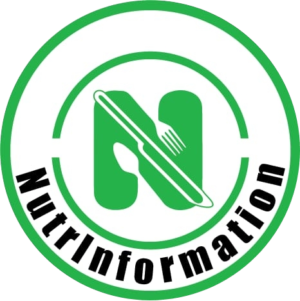WEANING: Which foods first?
Children grow so fast and by the age of 6 months, breastmilk no longer meets all their nutritional needs. Your baby is also starting to move and get exposed to germs. This is the reason most children get diarrhea, lose weight or become malnourished at this age. To meet their nutritional needs and boost their immunity we must introduce solid foods. But how should you go about weaning?
Continue to breastfeed
Weaning is also known as complementary feeding. This means introducing solid food as you continue to breastfeed. Your baby’s stomach is still very small. And they cannot eat a lot of food. They, therefore, need breastmilk to meet all their nutrition needs. Breastfeeding also gives you an opportunity to bond with your baby. It is recommended that you breastfeed until your child’s second birthday
Start with a staple porridge
Every community has a staple carbohydrate. This can be maize, rice, wheat, potatoes, cassava, etc. Make a soft thick porridge from any of these staples and boiled water or milk. You can also add a little fat/ margarine or oil into the porridge to increase its calories.
Give this porridge for at least two weeks. Without adding any other food. To allow your baby to adapt to the taste of the porridge. At first, the child may not eat so much since their stomach is also very small. A tablespoon or two at a time is enough. But as they grow to like the porridge they will eat more.
The baby’s stomach is very small and can only take very little food at a time. Feed two-three times a day and give breastmilk in between meals and as demanded.
Add other foods one at a time
Weaning is a very slow process and should not be rushed. After your baby is used to the staple porridge, it is time to add other foods. You need to introduce one food at a time. This gives the baby time to get used to the taste of the new food. Do not drop a food if they don’t like it at first. Continued exposure is key to liking a food. This also helps you to notice any allergic reactions to food. Making it easier to manage any food allergies. Take between 7-10 days before introducing another food.
Target to offer a variety of foods
The baby needs to eat a variety of foods to get all nutrients. These are some food groups that you could use to guide you during weaning.
- Pulse group: Made up of beans, peas, lentils, and other legumes. They are a good source of protein and vitamins. The skin of pulses is difficult to digest. Therefore, you need to remove their skins. Sieving the cooked pulses is an easy way to do this. Blending makes it easy to chew but does not help with digestion.
- Animal foods: They include meats, fish, poultry, and eggs. They are good sources of protein, iron, and other minerals. Blend, mash, or pound to the right consistency. Be careful about bones to avoid choking.
- Vegetables: Dark green leafy vegetables and orange vegetables are great. They are a great source of iron. Only give the child cooked vegetables.
- Fruits: Ensure they are very clean since you do not cook them. Offer fruits as mashed or freshly squeezed juice. Introduce fruits only after the child has learned to eat the staple. If diluting juice use only clean boiled water
- No added sugar. If you need to sweeten anything use foods with natural sweetness like banana
To ensure your child receives a balanced diet, add one food from each group first. Almost like doing a merry-go-round of the food groups.
Remember to share your experiences in the comments section

